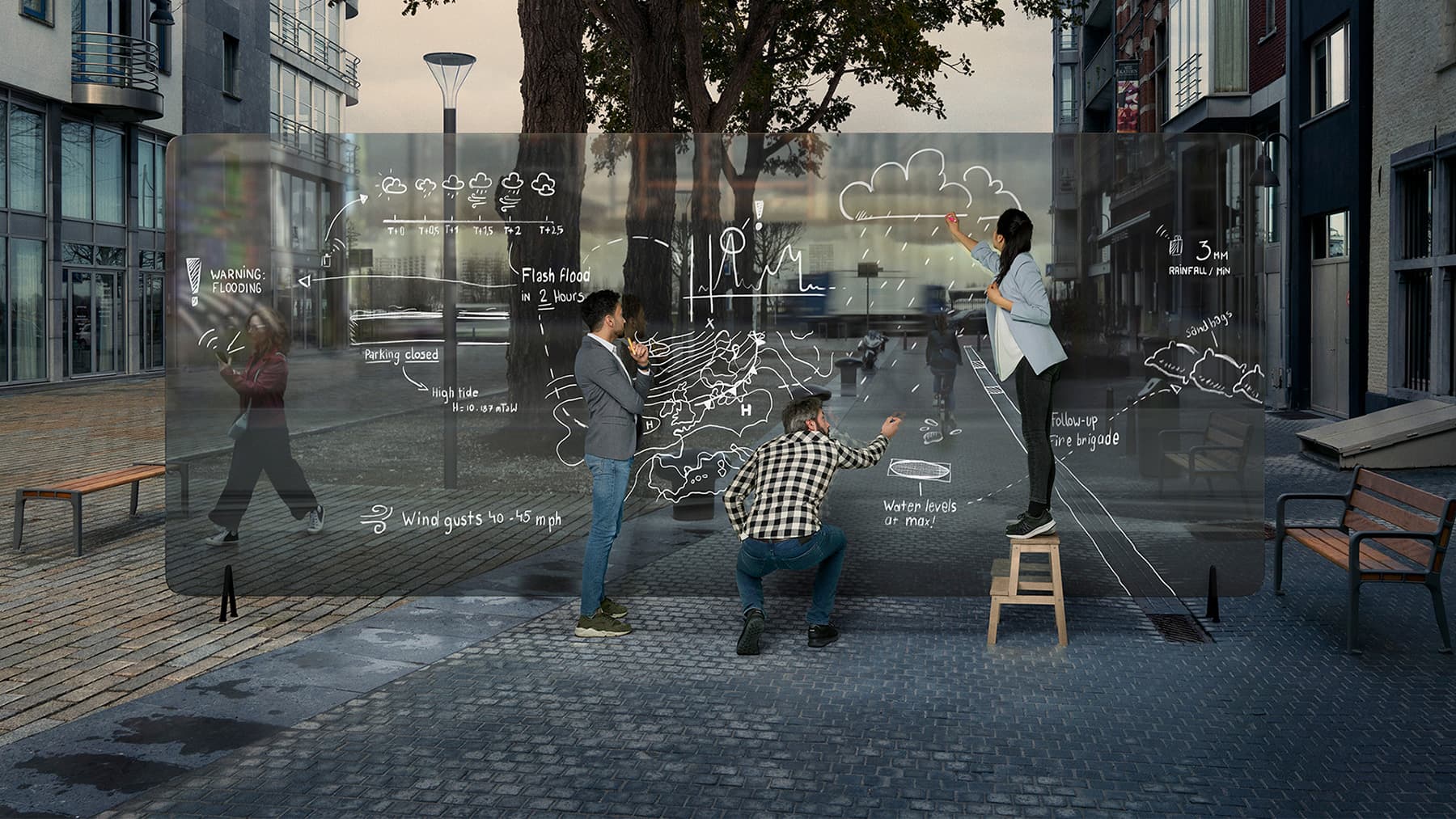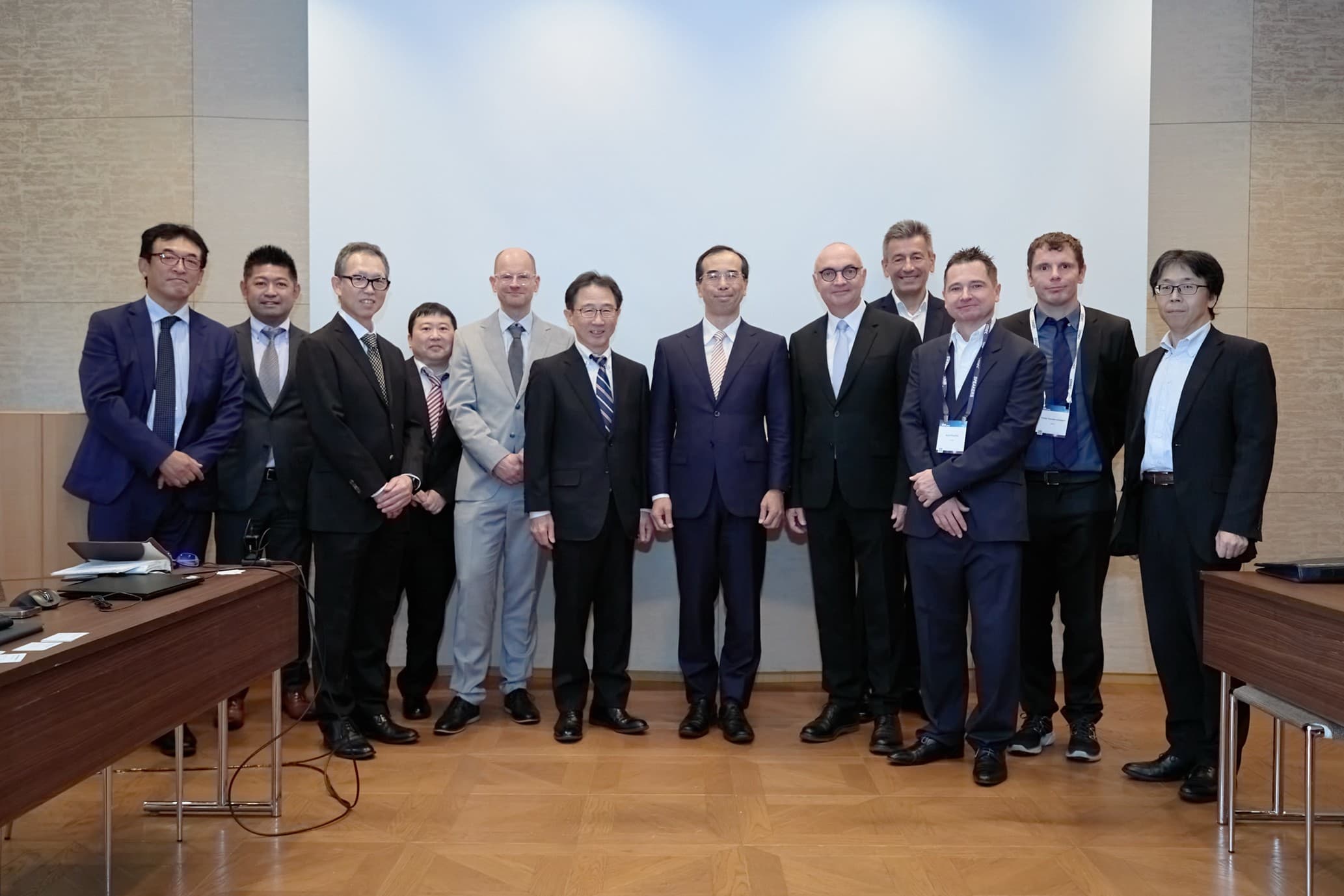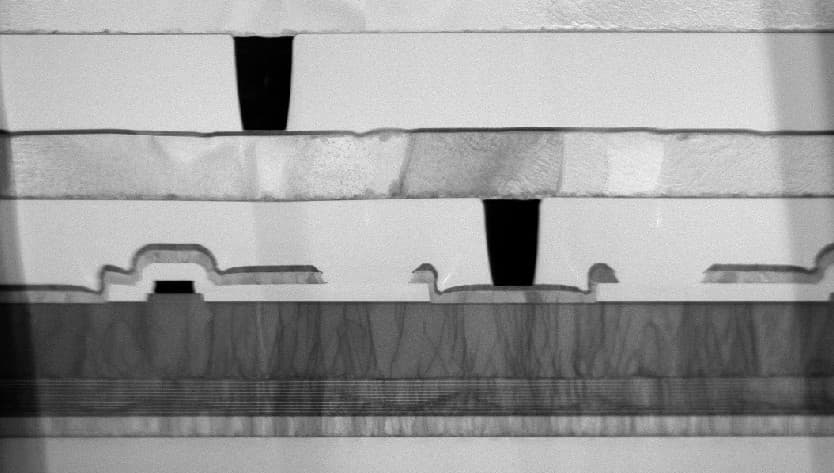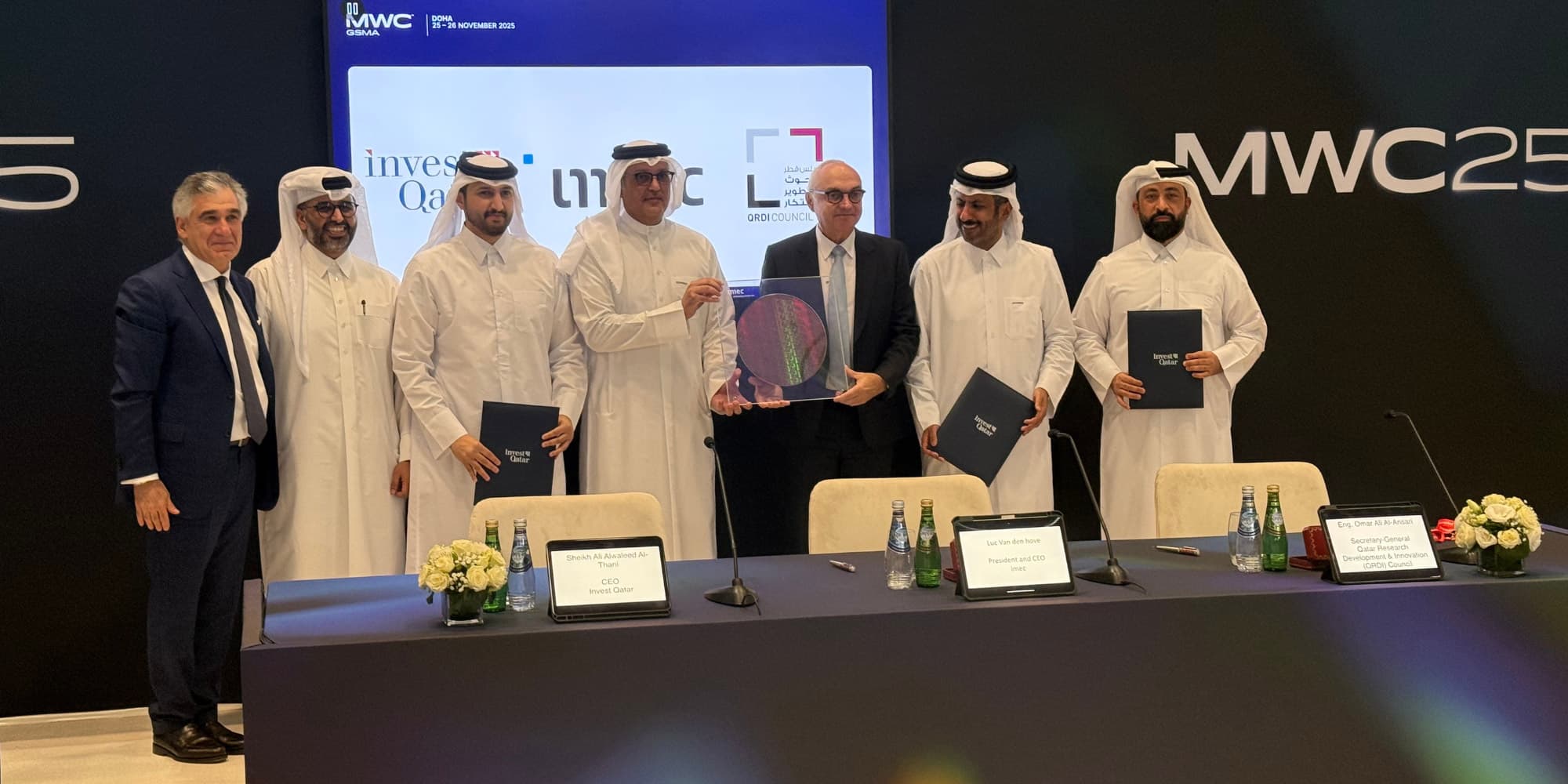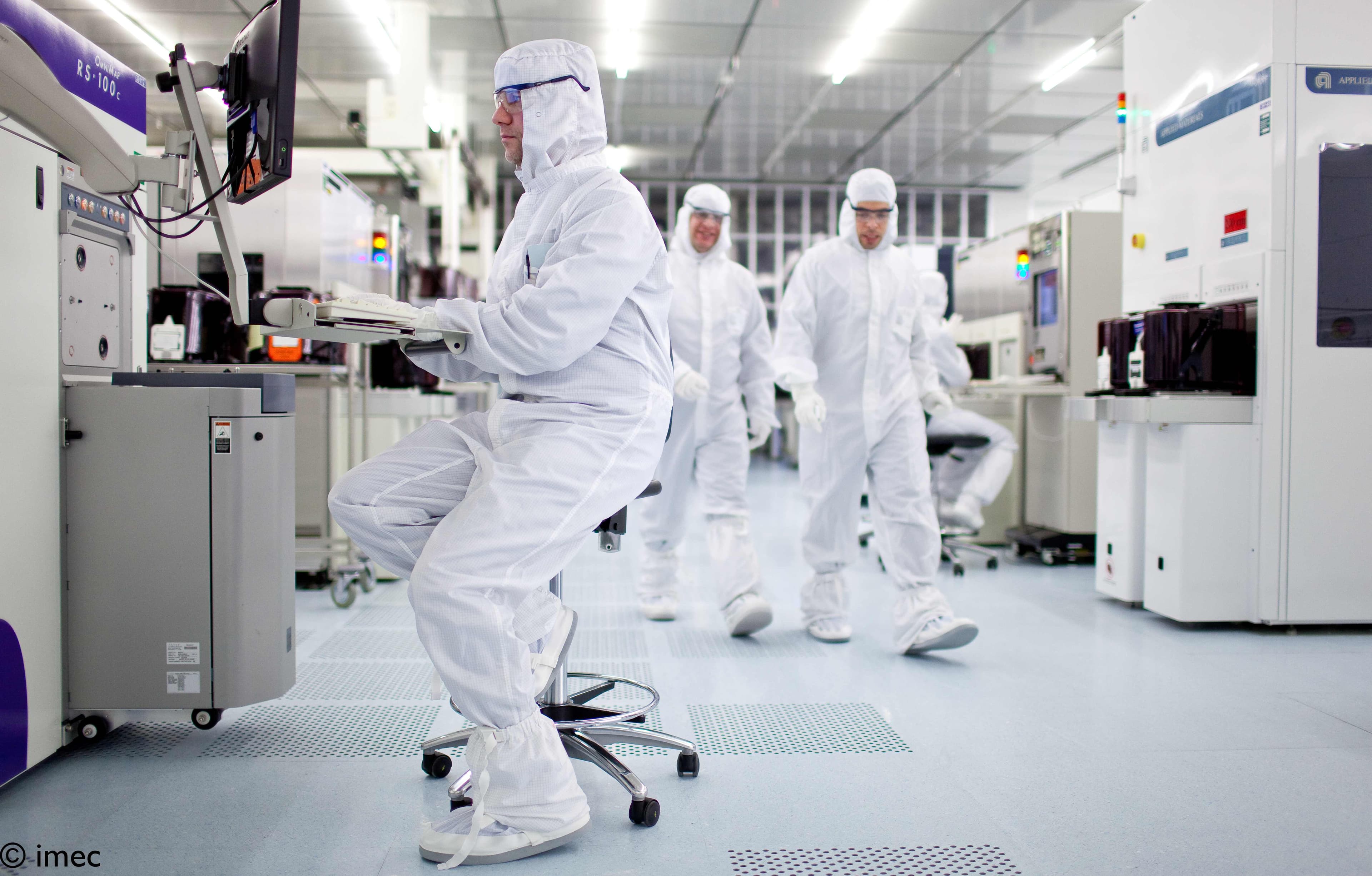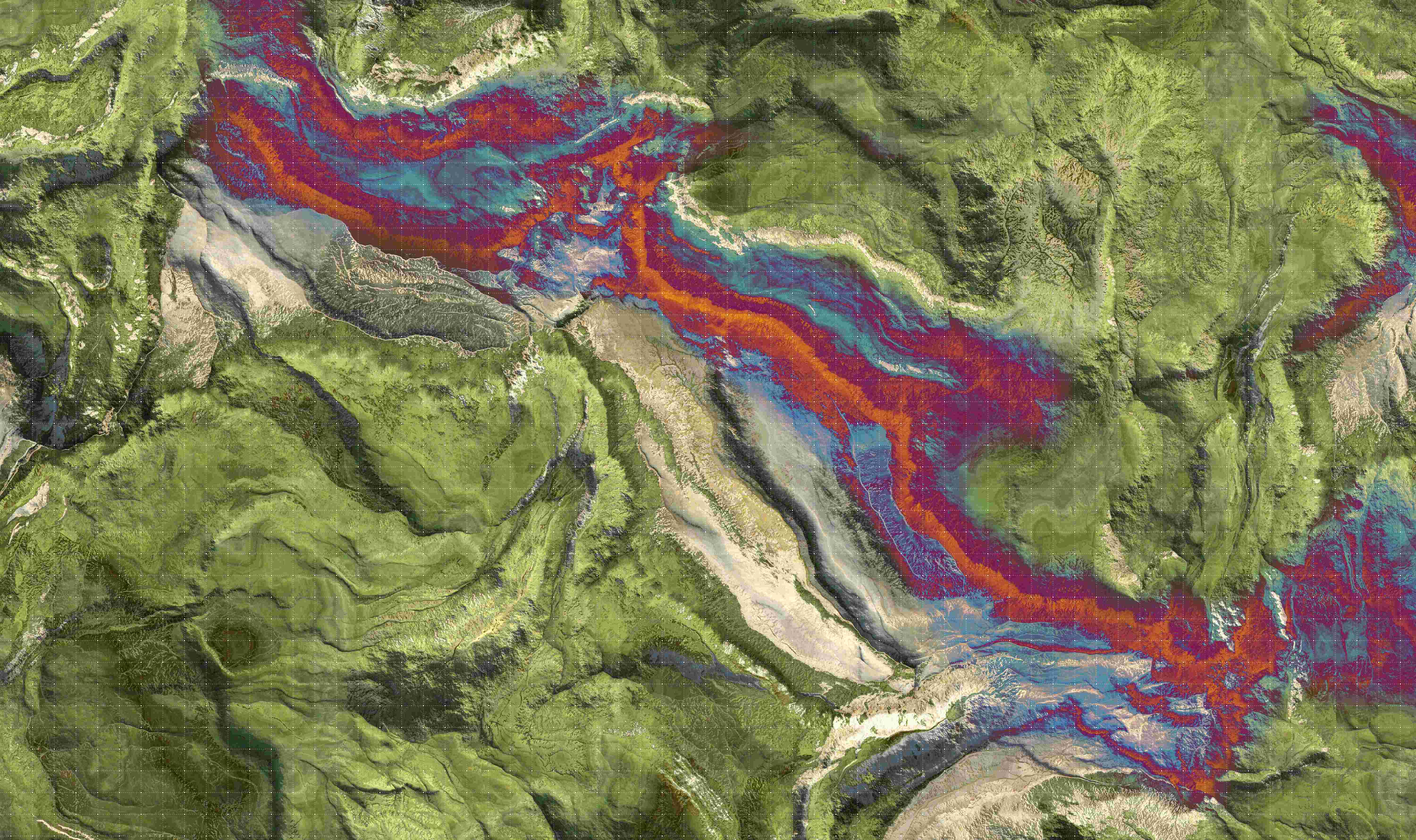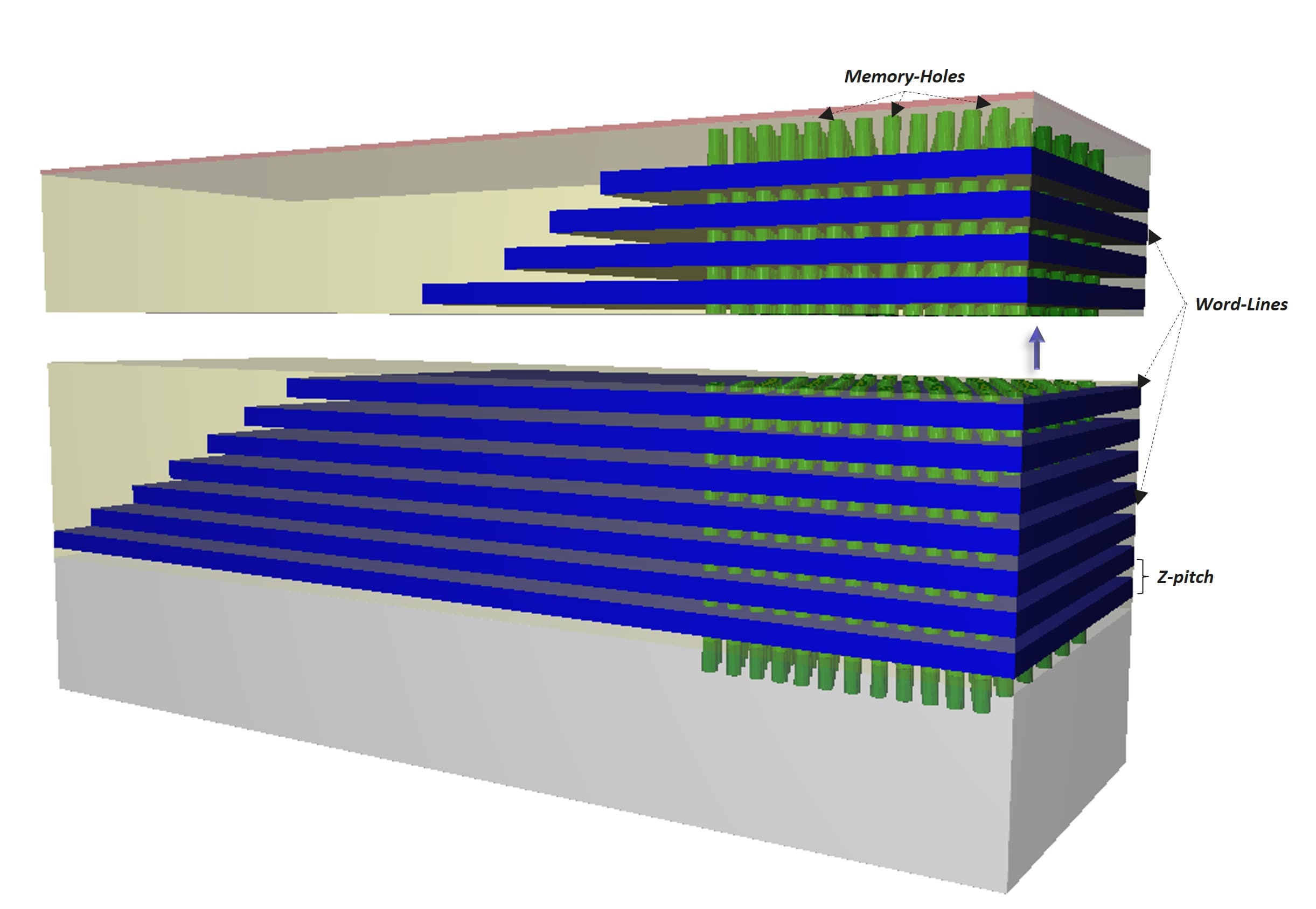Just last year, the fire department chief himself came knocking on our door with a very specific question: how could we make his brigade more efficient, especially at busy peak times? For me personally, with my 25 years of service as an officer in the fire department, keeping one step ahead is something of a challenging issue. It is also a unique opportunity for imec City of Things: the fire brigade is an outstanding example of a people-focused service – which makes it precisely the sort of area where we want to make a positive impact.
It was all too clear in the early stages of this project that there was a major opportunity in Antwerp to streamline the processes in place for dealing with the threat of flooding. At times like this, the pressure on the fire department is so great – and so many emergency calls arrive at the switchboard – that the service’s ability to deal with other emergencies is seriously compromised. Phone lines get busy, fire vehicles become unavailable and so on. Which of course, if the level of demand is great enough, can be deadly.
Finding a roadmap through co-creation
The ‘Flooding’ project is a typical example of a task in which we are able to deploy the full strengths of our team:
- We began by getting the city fire department and some of the Antwerp locals around the table. In this sort of project, cocreation is crucial for gaining an insight into the actual needs and requirements for coming up with the right solution.
- The outcome from these cocreation sessions was a clear need to find a proactive solution. Whereas the fire department normally reacts “in the moment”, in some circumstances it could gain from being ready to deal with a calamity. For example, floods are relatively easy to predict. But fires can also be detected using thermal cameras mounted on drones before they get the chance to break out in earnest.
- Taking a proactive approach to detecting the risk of flooding also gives us opportunities when it comes to keeping the public informed. Not only so that they can take preventative measures – or even evacuate – but also to avoid everyone making emergency calls to the alarm center at the same time should disaster strike.
Using sensors to outsmart the floods
Imec is current installing a network of sensors for predicting flooding in the city. Some of the instruments used to measure the risk are very low-tech: rain-gauges on buildings, for instance, have been in place for decades. But by digitizing these gauges and extracting more information from them, they have suddenly become a great deal more interesting.
In fact, the data from rain gauges is being linked in the backbone of the flooding project to data from sensors in the drainage system as well as to information from external sources, such as water levels and weather stations. Specific algorithms are then applied to the sum total of all this information to produce a real-time risk map of Antwerp.
Check out the imec.icon Floodify project for a recent example of how sensors and data can tackle urban flooding.
Involving both the public and the fire department
What typifies imec City of Things is our reflex reaction to involve the public as much as possible in everything we do. Not only in the brainstorming sessions held at the start of the research itself, but also by involving people as a test audience in our living lab and as relevant stakeholders in the solution. Perhaps the most groundbreaking part of our Flooding solution is the fact that citizens can be issued with warnings by text message or via an app if their basement is likely to go underwater.
Published on:
4 May 2018

